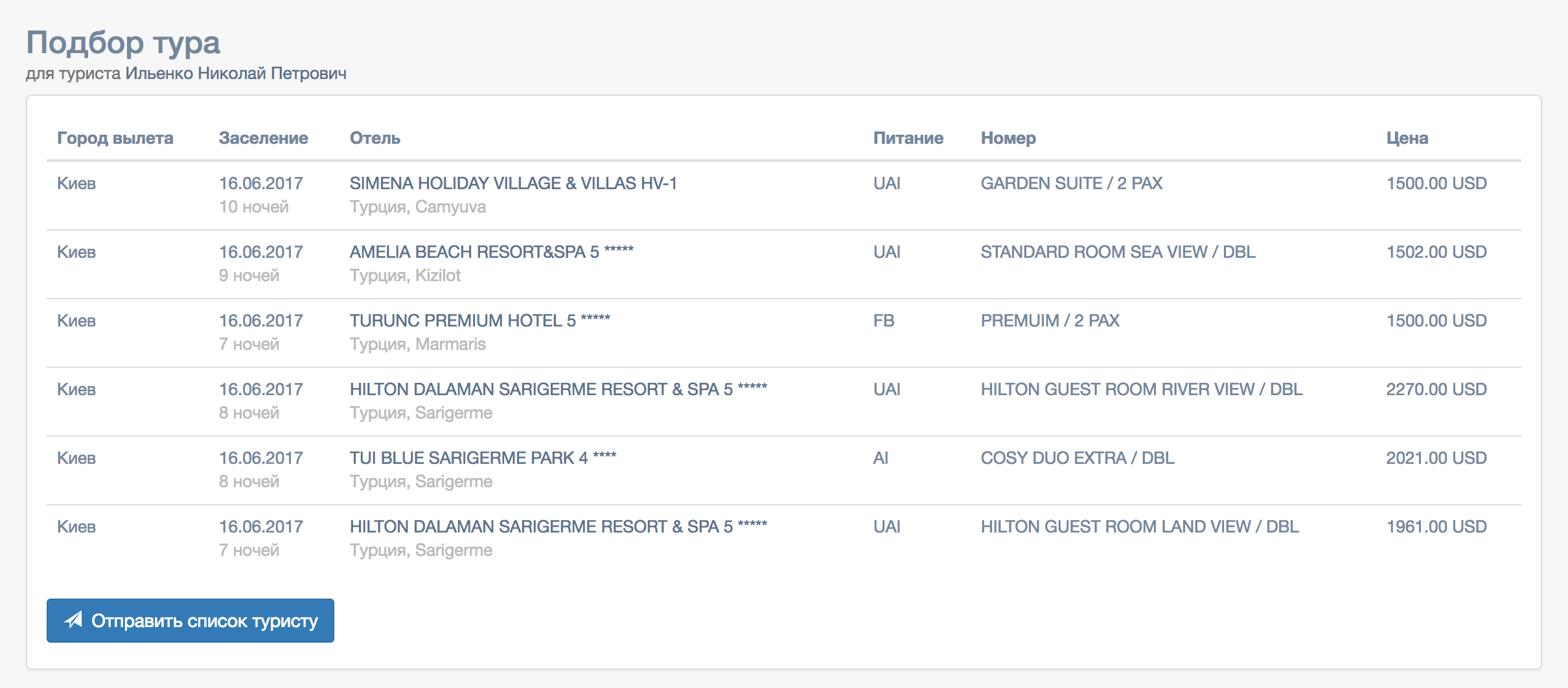

Then, you can recommend Chrome apps and extensions that your users can browse and install. Step 3: (Optional) Create an app collectionĪs an admin, you can optionally create an app collection for your organization. For example, check for the correct the app ID and version number.


Using a text editor, create a JavaScript Object Notation (JSON) file.On a computer, create a folder for the app or extension files, naming it the same as the app or extension name.For instructions on building more advanced Chrome apps and extensions, see the Getting Started Tutorial. For details, read Chrome Web Store Permissions.Īs a developer, you can build an app or extension, such as the example bookmark app provided in the steps below.
#Sizeup chrome plugin verification#
You can also skip verification for websites that your organization doesn’t own. For privately hosted apps and extensions, control which users can publish them to the Chrome Web Store.If your app or extension links to a website as a target in the manifest, use Google Search Console to verify that your organization owns the website.
#Sizeup chrome plugin install#
For example, as an administrator, you can automatically install a custom bookmark app that links to your HR system on users’ Chrome devices. If that happens, you can create your own custom app or extension that users can add to their ChromeOS device or Chrome browser. Sometimes, you might not be able to find an app or extension in the Chrome Web Store that meets your users’ needs. This article is for Chrome Enterprise administrators and developers with experience packaging and publishing Chrome apps and extensions for users.


 0 kommentar(er)
0 kommentar(er)
